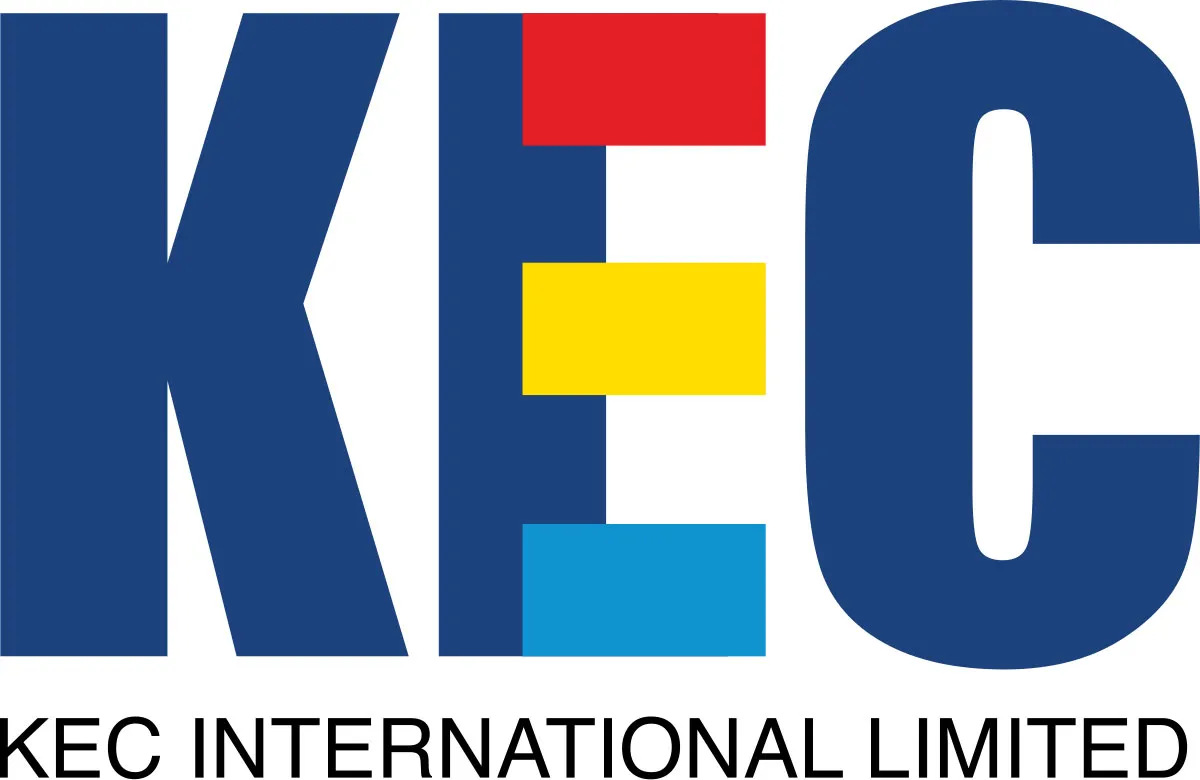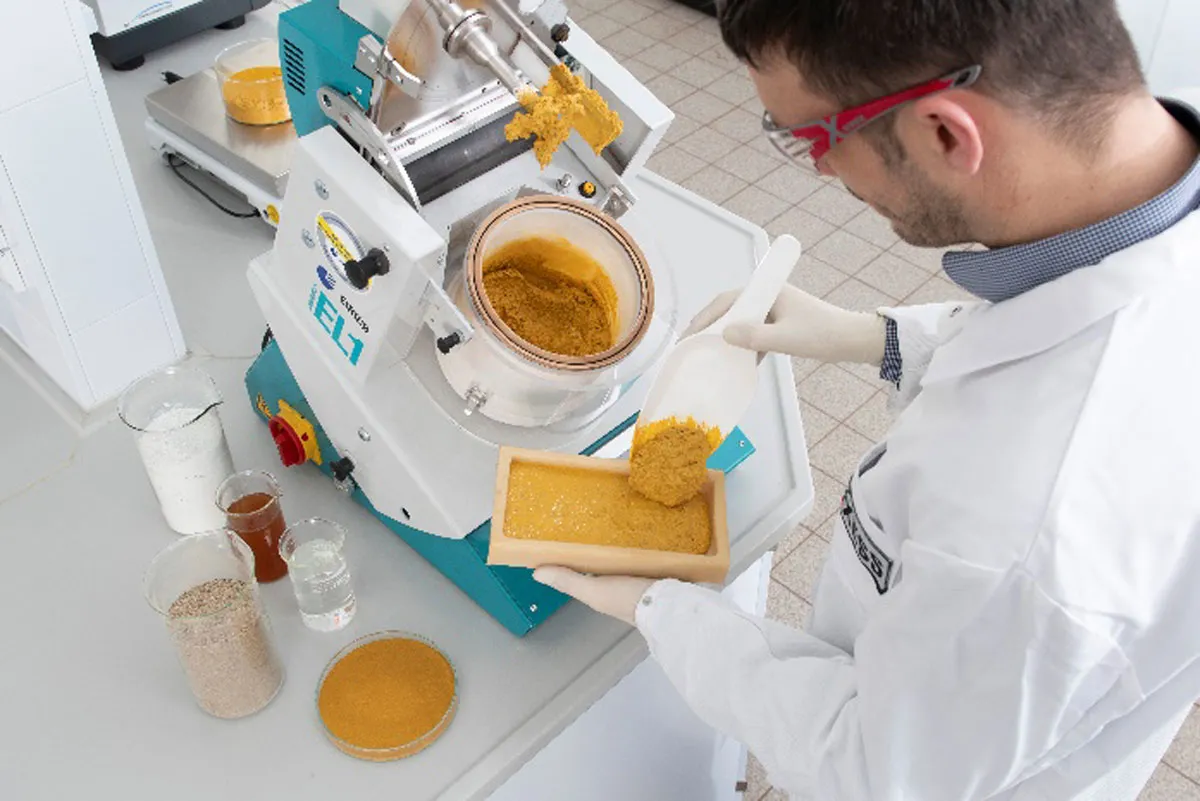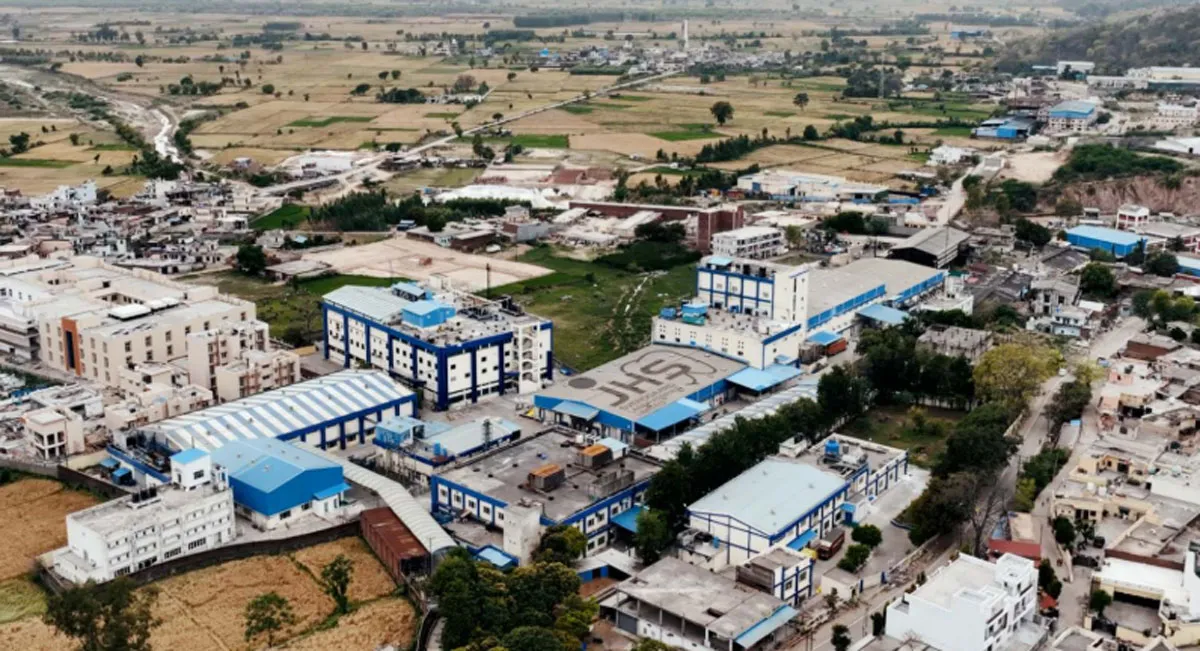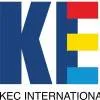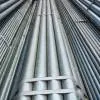Key players speak about the likely impact of GST on their sector, the challenges ahead, and the way potential obstacles could be resolved.
EPC CONTRACTING
'The main problem is that our rates of EPC are fixed while the government has proposed a slab of 18 per cent for EPC contracting, which is high. Thus, despite taking input credit, we will be affected by about 10-12 per cent. So, disputes shall increase and cash flow will get affected, hampering the progress of ongoing projects. It should have been a maximum of 5 per cent because the highway sector works only for the government; there is no private work.
This is also true for irrigation, etc.
For highway contracting, the main raw material is diesel, on which we do not get input credit. There are many activities in-house on which we will receive no input credit. In EPC contracting, machines and equipment are a huge component; in existing projects, as per proposed GST, they have not allowed input credit for these. As per my knowledge, input credit will be received for whatever is purchased after July 1.
But at this point, we have a huge equipment bank in hand, especially for highways. They should consider this. We have met the concerned ministers and they have said they will come up with a solution but there has been none yet.'

- Vinod Agarwal, Managing Director, GR Infra Projects
PRE-ENGINEERED BUILDINGS (PEB)
'The implementation of the GST is an extremely positive event. The rate slab charged to the PEB and structural steel segment is at 18 per cent; this is almost the same rate that we are currently paying, and it is fair. The biggest advantage for players like us is that all the advantages and disadvantages one had over the other, because of geography and tax rates will not be there, and everyone will be on a level playing field in the market. However, one point of concern on a micro level is that the freight - when we are supplying to the customer - is also being charged at 18 per cent instead of the 5 per cent, which the transport organisation is actually charging onto us. So, there is a gap and a mismatch. The other pain point is that as all our refunds and so on will be web-based, Internet speed and people's ability to upload documents online could be a potential challenge. As of now, I don't see any other major concerns.'
 - Alakesh Roy, Managing Director, Zamil Steel
- Alakesh Roy, Managing Director, Zamil Steel
CONSTRUCTION EQUIPMENT
'For about 80 per cent of construction equipment, GST is likely to be 28 per cent, including major equipment like backhoe loaders and excavators, boom pumps, etc. The earlier range was from 12 per cent to 28 per cent, but now almost everything is at 28 per cent. This came as a shock; our recommendation was to keep it at 12 per cent because this equipment is required for infrastructure development. Instead, it is at the highest duty, the same as high-end automobiles and five-star hotels! Construction equipment is not a luxury item. Though ideally, we'd like it at 12 per cent, we are trying to bring it down to 18 per cent at least. Otherwise, in the short term, we will lose orders to the tune of about 10 to 15 per cent. This is hard for our industry, customers and contractors. There will be a dip of at least 15 per cent in demand; that's our biggest worry. We are saying we need to increase road output from 28 km to 40 km per day. This requires mechanisation.
The government is doing a good job of awarding contracts. But if this is not supported by the finance ministry, there is a mismatch, an imbalance.'

- Anand Sundaresan, President, Indian Construction Equipment Manufacturers' Association (ICEMA)
REAL ESTATE
'The introduction of GST is a major step towards encouraging ease of doing business for all segments of industry as it unifies different taxes into a single tax structure. However, while for all other sectors it also comprises their total indirect tax liability, the same doesn't hold true for real estate. Developers will still have to bear other expenses like stamp duty, which ranges from 5-8 per cent of the value of the immovable property. An additional imposition of GST of 12 per cent on land values is another drawback that will affect the growth of the industry, especially in cases where land value is relatively high. We urge the GST council to consider accommodating the abatement of land value in the new regime to ensure prices don't rise. CREDAI is striving towards absorption of this additional burden in an equitable, yet transparent, manner. However, availing input tax credit may not be feasible under GST, thus limiting the capacity of developer members to absorb the additional tax burden or pass on the benefits to homebuyers.'

- Jaxay Shah, President, CREDAI
PAINTS
'Some smaller traders are finding the GST regime difficult to understand. Everybody is trying to cut down on inventory, which is not the objective. I see a disruption at least for a couple of months; from August, everything should go well if the system is running. The paints segment is charged a tax slab of 28 per cent. The rates range from 24 to 26 per cent across different states currently, so there is not much difference. However, we were expecting 18 per cent. Paint is a necessity, not a luxury. At 18 per cent, it would have been more affordable, leading to better growth, but there is not much disadvantage at 28 per cent also. That said, although the government reportedly does not want any interruption in business and the transition to be smooth, the fact is that business is disturbed. Demonetisation had also caused some interruption. Although this is a positive and welcome change, some advance planning could have enabled the business cycle to move more smoothly.'

- Anuj Jain, Director - Decorative & Industrial Sales and Marketing, Kansai Nerolac Paints
ADHESIVES & CONSTRUCTION CHEMICALS
'As we are manufacturers-cum-contractors, we have our own vendors and we are also vendors to people. From that perspective, I think there will be some initial hiccups because of the different level of preparedness of our customer as well as our vendors in terms of adjustment to the system. Once it is streamlined and considering the relaxation being proposed by the government in terms of filing returns, it should facilitate the transformation to the new regime. Then, people like us will definitely benefit: Our bills will be processed much faster and there will be improvement in terms of receivables. Right now, we think the rate slab charged to the construction chemicals segment is 18 per cent, which you could consider fair. We should be in a position to know the exact figure soon. However, we should have more clarity in terms of the Central GST (CGST), state GST (SGST) and the various filings, and in terms of the material movement at different locations.'

- Prasad Satavse, Country Head, Chowgule Construction Chemicals
CEMENT
'The rate slab for cement is 28 per cent and ground-granulated blast-furnace slag (GGBS) is 5 per cent as against around 31 per cent for trade-cement sales and 6 per cent for GGBS in the old regime. In terms of challenges, in the trade business, dealers or sub-dealers will have to get themselves registered if their business crosses the threshold limit to avail cenvat credit. This, in turn, will mean there will be marked a change in the way business is done. Now, compliance, filing and transaction-level details need to be provided in returns, which was not so in the earlier regime. The return filing process will also involve reconciling data uploaded by our business partners, such as vendors and customers. The computer and accounting system needs to be geared up to handle periodic compliance.'

- Rahul Akkara, Vice President-Strategy & Brand, JSW Cement
TILES AND SANITARYWARE
'The time available for implementation is less. There is no clarity on many rules and regulations, mainly transitory things, with regard to deemed credit on stocks lying with the trader. There is a lot of confusion especially for the small and medium traders, and the situation has been further complicated by their tax consultants who are advising them not to do any purchase and liquidate their existing stock. So, there is no adequate preparedness, primarily due to meeting the deadline of July 1 for implementation. The biggest challenge we may face in the future is its implementation as this is something new; there will be teething trouble initially. The rate slab charged to the tiles and sanitaryware business is 28 per cent. As the government has focused on Housing for All by 2022, affordable housing and Swachh Bharat Abhiyan, for sanitaryware the expectation of the industry was 18 per cent. In fact, the rate for faucets has been fixed at 18 per cent, and faucets and sanitaryware go hand in hand. As sanitaryware does not fall under the category of a luxury item and India has to go a long way to improve the sanitation conditions, we were hopeful of 18 per cent. However, things will settle with time. The benefits that will come in with the implementation of the GST will be much larger.'

- Atul Sanghvi, Executive Director, Cera Sanitaryware
BUILDING CONTRACTING
'There are different slabs charged to our segment, but I think the bulk will fall under 12 per cent and 18 per cent. In the construction industry, the money or cycle flow happens every 90, 100 or 150 days. But under GST, it is mandatory that the return has to be filed month-on-month and the money paid. You are given only some 20 days to correct or amend it and after that, it's frozen. There should be more leeway and time; in our field, you cannot get all the invoices and bills within 20 days. Also, we buy materials from hundreds of dealers, vendors, manufacturers and suppliers - if they are all not GST compliant, we can't claim that amount as it won't reflect in the system. In the long run, GST is good but implementation should have been in stages. Also, the rates are higher that prevalent globally -these have to be streamlined. Further, if someone is developing a project, the land component is not within the purview of GST; so you don't get the setoff for that. The stamp duty also needs to be within the purview. After all, the whole purpose of GST is to have one tax instead of multiple taxes.'

- Digant Kapadia, Managing Director, BE Billimoria & Co
STEEL
'The GST rate for steel products has been kept at 18 per cent, almost equal to the present rate structure. The excise duty on iron ore pellets and concentrates, a major input, is being reduced from 12.5 per cent to 5 per cent. Most other inputs are positioned at 18 per cent (except certain refractories, electrodes and spares at 28 per cent) and almost all input services and finished goods are at 18 per cent. However, input tax credit will no longer be available for natural gas, one of the least polluting sources of energy -the estimated loss of tax credit is substantial. The government should consider its inclusion, at least for core industrial sectors. There is the additional burden of making payment to the supplier of goods and services within six months as a condition for availing credit. What's more, all pending payments for services for which credit has been availed have to be made latest by September 30, 2017, to avoid a loss. Further, transitional provisions have been framed without considering real-time situations and are inconsistent with business practices. Multiple records and returns are to be filed and uploaded in the GSTN portal at various dates. The ITC credit balance of VAT to be carried forward to the GST regime is conditional on all pending forms for clearances made up to March 31, 2017, being received in full. This is creating hardship, as it may not be possible to get all the forms in proper time.'
- Satish Shah, Vice President, Head Taxation & Regulatory, Essar Steel
CEMENT
'You could have destocking till July 1. That said, consider these important things. First, one must clear the misconception that the new slab of 28 per cent is higher than the current regime (VAT plus central excise) - the retail consumer will actually have a lower incidence of taxes. Second, you now get duty drawback on all the inputs that go into cement manufacture (limestone, coal); this will reduce prices. Third, today around 20-25 per cent of the actual MRP is on account of logistics - from 10 to 20 per cent - for transporting the cement from factory to end distributor. Now, this cost will come down because the truck's turnaround time will reduce. The waiting time because of trucks idling at check nakas will be eliminated because it will carry all the necessary documents. Further, the need to maintain various godowns for non-trade and other sales will be eliminated, lowering the cost of marketing and logistics. The only challenge will lie in implementation, as people are not accustomed to filling up the new forms. But that happens when we move from an obsolete system to a much better one. It is a transition we have to make to improve efficiencies and reduce costs.'

- Anil Kumar Pillai, a veteran from the cement industry
Inputs from Seraphina D'souza
Share your views on the rollout of GST at feedback@ConstructionWorld.in

